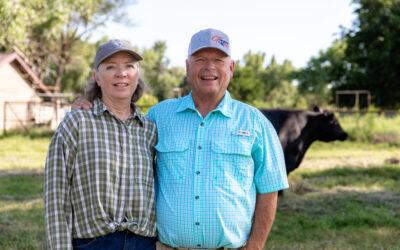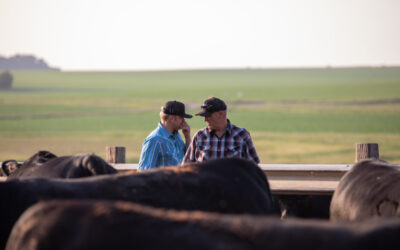
PB & Cattle
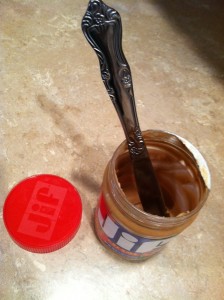
Peanut butter was on my grocery list the other day. When I hit that aisle, I noticed some of the shelves were a wee bit empty and only two jars of my brand of the gooey-kid-tested-mother-approved staple remained.
And then there was the sign: “Due to the global peanut shortage, we’ve been informed by our suppliers that we will be rationed two cases of each brand of peanut butter per week.”
Huh, who knew? (After doing some quick research, I actually felt a little embarrassed that I’m so immersed in my part of the ag industry that I had no idea that weather, competing crops and increasing demand were so hard at work in the peanut business. But that’s neither here nor there.)
The point is that the next time I need peanut butter (and yes it’s a need—I have two tiny people who love the stuff) I will buy whatever is on the shelf. This is no time to be picky.
So I can see where people are coming from when they tell me this one:
Myth: Feedlots are so crunched for feeder calf supplies, they don’t care where the cattle come from, they just need more of ‘em.
Fact:They are scrambling to fill pens—that’s no secret, but the second half of that sentence is just not true, at least not across the board.
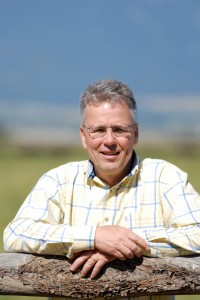
As a matter of fact, as I’ve asked feeders lately what kind of cattle they’re looking for, nobody gives the smart Alec answer, “The one that walks up to the bunk and eats.”
They know the calf shortage is a serious issue. And the people I talk to not only want cattle—good cattle—but also good partners.
When I talked with Ron Rowan of Beef Northwest for an upcoming article he said, “We have too much capacity in the feeding industry relative to the amount of cattle that are available. What we’re trying to do is establish relationships with ranchers so that we can either buy their cattle or feed their cattle for them.”
Regardless of ownership they want people who want to work with them, and they know the result will be steady improvement on the incoming calf crop.
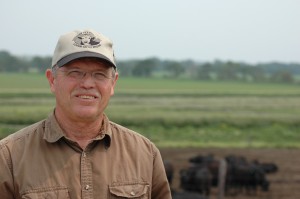
South and east more than 1,200 miles, David Trowbridge, Gregory Feedlots, agrees.
“We want to be able to provide them information, as far as genetic information and individual carcass data and all that. They want to know how their cattle have done, how their genetic program is working—that’s the customer we go out and look for.”

And Laura told you about Dale Moore’s message to the stocker operators last month, where he said:
“In all honesty, feedyards want customers. At least my yard does. I take pride in being able to feed high quality and make guys lots of premiums.”
I haven’t talked to every single CAB-licensed feeder, but I’ve talked to a great majority of them. And I hear these comments echoed over and over and over again.
The point being: the higher quality cattle are even more in demand. There are fewer cattle altogether and feeders who are willing to pay more for the better calves know the competition is fierce.
I’m too far removed from the nut industry to know if the peanut butter manufactures have that figured out or not, but the next time I’m at Sonny’s Superfoods, if I find that there are only two jars of Jif left, I’ll be buying both of them up. Even if they’re twice the price.
May your bottom line be filled with black ink,
Miranda
You may also like
Helping Hands, Helping Herds
“When I die, I want to come back as one of your cows,” murmurs a friend to Steve Zybach. Full to the brim from an alfalfa ration every day, bountiful fields of lovegrass stretched out across the Texas Panhandle—and owners who leave no ounce of cattle care up for question. The Zybachs’ motivation for this level of dedication to their Angus cattle is simply love.
System Over Scale
For Dallas Knobloch, it’s not about being the biggest feedyard—it’s about building a high-quality system that works. Today, with Tory’s wife Sadie and daughter Ivy, the Knobloch family owns and operates 4K Cattle. They feed 2,500 cattle at eight locations within 10 miles of home, manage 1,000 acres of crops and run a 125-head cow herd, all near Hills, Minn.
Data-Driven Progress and Partnerships
Discussions at Feeding Quality Forum reaffirmed the industry’s commitment to quality, transparency and innovation. With record Prime rates and strong consumer demand, producers who invest in genetics, health and relationships are positioned to drive progress and capture premiums.

